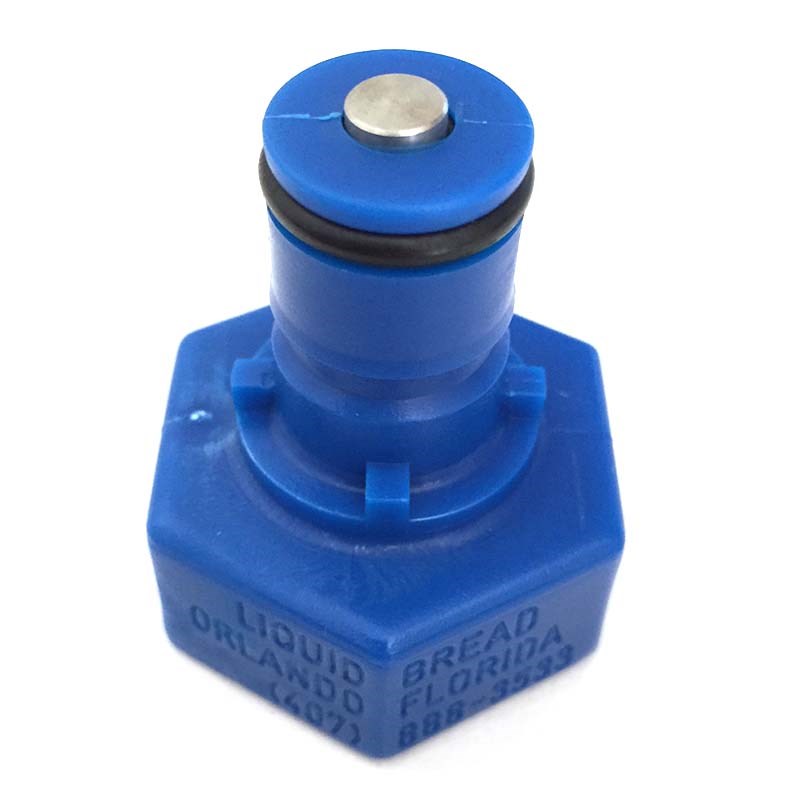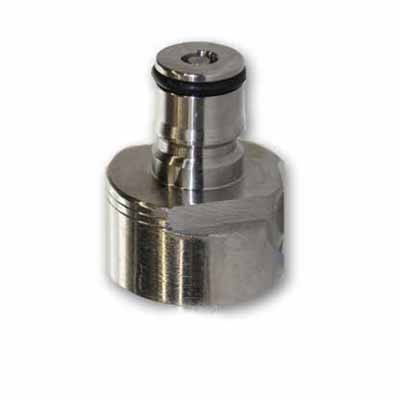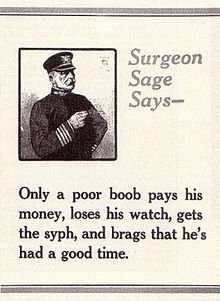- Joined
- Apr 18, 2006
- Messages
- 16,779
- Reaction score
- 5,896
I have thought about this for awhile.
-Today I posted this in few places but I think this this is worth a separate thread. -
Anyhow, I recall reading an article in BYO about using a French Coffee Press for adding hop flavor. I can't find the old BYO article... Here's other sources.
Sources:
Use Hops Tea to Enhance Flavors in Your Beer
Boost Your Hop Aroma (Part 3 of 3: Aroma Extract)
However with LOB you need to do things differently.
Here is what I did. Making a Tea. Using Citra Cryo LupuLN2
1) Measured out a 1-liter trifecta using Sodium Metabisulfate, Asorbic Acid and Brewtan-B.
2) Dropped 20mg, 20mg, 40mg into a liter of post boiled water
3) Then poured it on an oz of Citra cryo in my coffee press.
4) Gently stirred and let it steep 10 minutes.
5) Then slowly pressed the hops to separate the particulate hop tea.
6) Poured it in a sanitized 2-liter (2L) bottle.
7) Using my carbonating cap and put 10psi on it.
8) Next, I inverted it to use the CO2 pressure to force it into my closed and purged keg. Using a gray gas connect on the 2L bottle and a black keg disconnect on liquid out. Both connected with a 3ft 3/16" transfer line. Popping off the black disconnect just before the 2L ran empty.
9) I had to vent my keg afterwards.
10) Then did my closed transfer for my pale ale and spunded.
FWIW - I ferment purge my keg
The 2L was very clean, no particles got into the keg from what I could tell.
One mistake I made was not checking the tea temp. It boiled, I cooled it for a brief time then, so I think the temp drop was near the isomerization threadhold. I'm sure adding to a non preheated press dropped the temp a good bit. If I had a mulligan I would have checked the temperature.
Don't know how it's gonna taste. It smelled damn good. Thought i'd share.
Here's a some carbonator caps. Google Searched.


-Today I posted this in few places but I think this this is worth a separate thread. -
Anyhow, I recall reading an article in BYO about using a French Coffee Press for adding hop flavor. I can't find the old BYO article... Here's other sources.
Sources:
Use Hops Tea to Enhance Flavors in Your Beer
Boost Your Hop Aroma (Part 3 of 3: Aroma Extract)
However with LOB you need to do things differently.
A) Dosing your hop tea/extract with Sodium Metabisulfate, Asorbic Acid and Brewtan-B.(Trifecta)
B) Using a carbonator cap and 2-Liter Bottle.
C) Perform a closed transfer.
For discussions sake lets differentiate Tea vs Extract. The Tea is water and the Extract is using wort. The latter could be a hopped gyle or krausen.B) Using a carbonator cap and 2-Liter Bottle.
C) Perform a closed transfer.
Here is what I did. Making a Tea. Using Citra Cryo LupuLN2
1) Measured out a 1-liter trifecta using Sodium Metabisulfate, Asorbic Acid and Brewtan-B.
2) Dropped 20mg, 20mg, 40mg into a liter of post boiled water
3) Then poured it on an oz of Citra cryo in my coffee press.
4) Gently stirred and let it steep 10 minutes.
5) Then slowly pressed the hops to separate the particulate hop tea.
6) Poured it in a sanitized 2-liter (2L) bottle.
7) Using my carbonating cap and put 10psi on it.
8) Next, I inverted it to use the CO2 pressure to force it into my closed and purged keg. Using a gray gas connect on the 2L bottle and a black keg disconnect on liquid out. Both connected with a 3ft 3/16" transfer line. Popping off the black disconnect just before the 2L ran empty.
9) I had to vent my keg afterwards.
10) Then did my closed transfer for my pale ale and spunded.
FWIW - I ferment purge my keg
a) Connect the fermenter CO2 vent to keg liquid out
b) Connect keg gas hose into to a growler full of sanitizer.
At keg filling time I swap the keg connections.b) Connect keg gas hose into to a growler full of sanitizer.
a) Connect the fermenter CO2 vent to keg gas in
b) Connect the keg liquid out to the fermenter drain.
Every thing is 1/4" flare so its easy and air tight.b) Connect the keg liquid out to the fermenter drain.
The 2L was very clean, no particles got into the keg from what I could tell.
One mistake I made was not checking the tea temp. It boiled, I cooled it for a brief time then, so I think the temp drop was near the isomerization threadhold. I'm sure adding to a non preheated press dropped the temp a good bit. If I had a mulligan I would have checked the temperature.
Don't know how it's gonna taste. It smelled damn good. Thought i'd share.
Here's a some carbonator caps. Google Searched.


Last edited:






